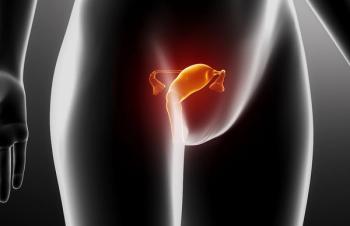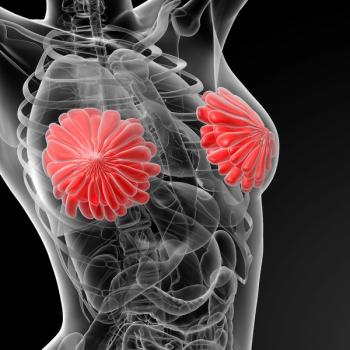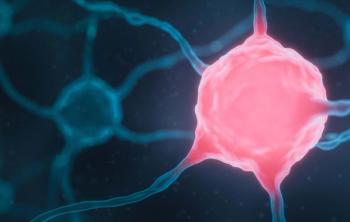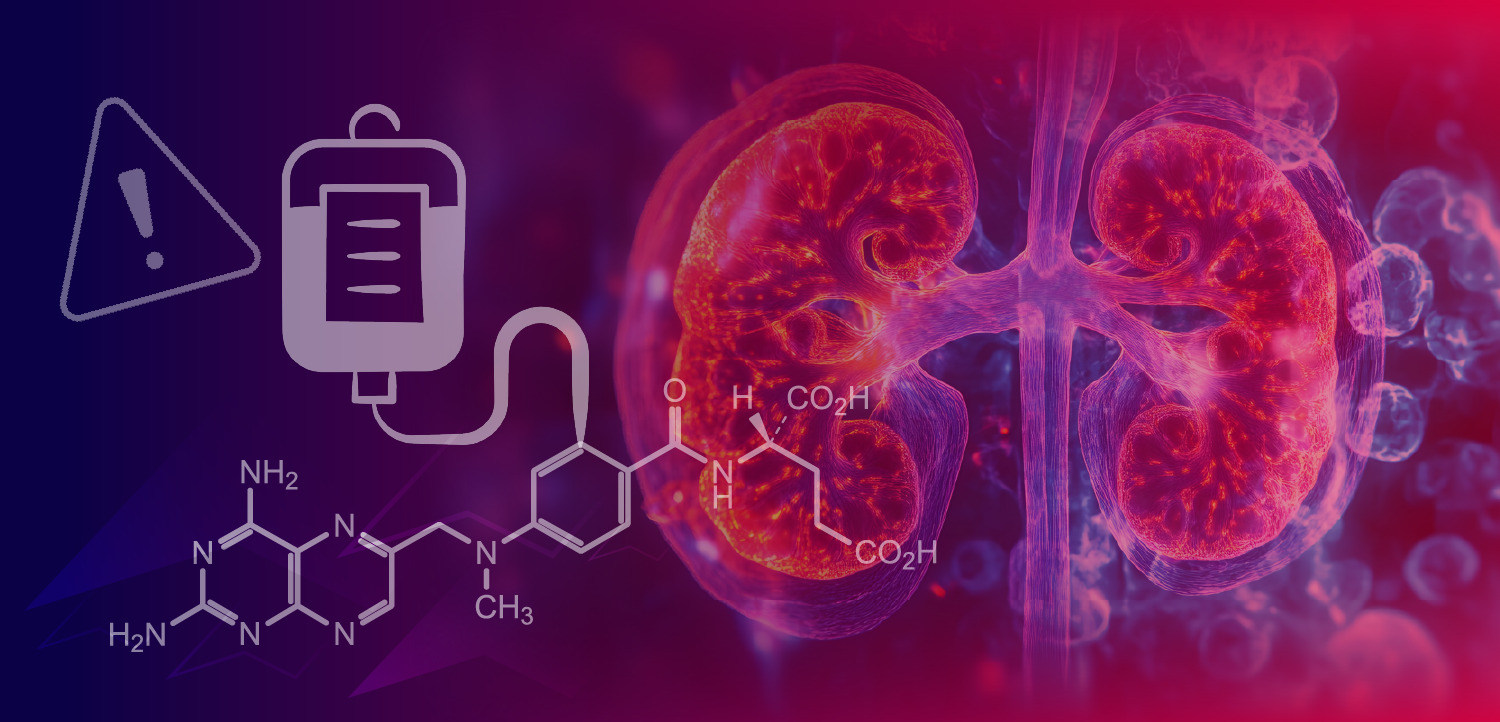
Oncology NEWS International
- Oncology NEWS International Vol 15 No 3
- Volume 15
- Issue 3
Unrelated CBTs Successful in Adult Acute Leukemia Pts
Unrelated cord blood transplantation (UCBT) appears at least as effective as haploidentical T-cell-depleted peripheral blood stem cell transplantation (PBSCT) in adults with acute leukemia, with outcomes varying according to leukemia subtype, according to a retrospective analysis of European transplant patients.
ATLANTAUnrelated cord blood transplantation (UCBT) appears at least as effective as haploidentical T-cell-depleted peripheral blood stem cell transplantation (PBSCT) in adults with acute leukemia, with outcomes varying according to leukemia subtype, according to a retrospective analysis of European transplant patients. Vanderson Rocha, MD, PhD, of Hospital Saint Louis, Paris, France, presented the results at the 47th Annual Meeting of the American Society of Hematology (abstract 301).
Dr. Rocha and his colleagues in the European Bone Marrow Transplant group analyzed a database of 368 adults with acute lymphocytic leukemia (ALL) (n = 148) or acute myelogenous leukemia (AML) (n = 220) who underwent UCBT (n = 73 and 66, respectively) or haploidentical PBSCT (n = 75 and 154, respectively). For both subtypes, UCBT recipients were younger than PBSCT recipients. Among patients with ALL, UCBT patients also received less total body irradiation than PBSCT patients.
Disease-specific differences were noted in the efficacy of each transplant type. Among patients with AML, UCBT and haploidentical PBSCT resulted in comparable 2-year relapse incidence, transplant-related mortality, and leukemia-free survival. However, among patients with ALL, UCBT provided superior leukemia-free survival (36% vs 13%, P = .01) and decreased relapse rates (23% vs 38%, P = .07), compared with haploidentical PBSCT.
Patients receiving UCBT demonstrated a longer average time-to-engraftment and a higher incidence of acute graft-vs-host disease (GVHD). Acute GVHD rates for patients with ALL were 26% with UCBT vs 8% with haploidentical PBSCT (P = .004). Among patients with AML, acute GVHD rates were 23% vs 5%, respectively (P < .0001).
Dr. Rocha explained that while haploidentical PBSCT resulted in less acute GVHD, compared with UCBT, unrelated cord blood can be used for patients with no HLA-compatible donor. Because cord blood T cells are immature, one to two HLA antigen disparities between donor and recipient are allowed.
Additionally, there is often a significantly shorter wait time with cord blood. Whereas patients can wait 3 to 6 months to find a match on the bone marrow registry, in some emergency situations, cord blood can be obtained in 5 days. Concerning availability of cord blood, Dr. Rocha noted that Europe has 100,000 U in storage. "An additional 200,000 U are available elsewhere in the world, including North America and Asia, for a worldwide supply of 300,000 units." He noted that these samples can be transported for use throughout the world.
Articles in this issue
almost 20 years ago
FDA Approves Eraxis to Treat Candidemiaalmost 20 years ago
NeoGuide's New Colonoscopy System Addresses ‘Looping'almost 20 years ago
New Budget Plan Cuts NCI Funding by 0.8% for FY 2007almost 20 years ago
Lilly Oncology on Canvas Invites Entriesalmost 20 years ago
Shorter FEC + Pac Ups DFS in Breast Caalmost 20 years ago
Xyotax Fast Tracked for Advanced NSCLC in Womenalmost 20 years ago
FDA Guidances for Early Human Testing of New Drugsalmost 20 years ago
Zactima Gets Fast Track Status for Medullary Thyroid Canceralmost 20 years ago
Darbepoetin During RT Boosts Hb Level, With QOL Benefitalmost 20 years ago
Breast, Colorectal Cancer Care Quality 'Excellent'Newsletter
Stay up to date on recent advances in the multidisciplinary approach to cancer.





















































































